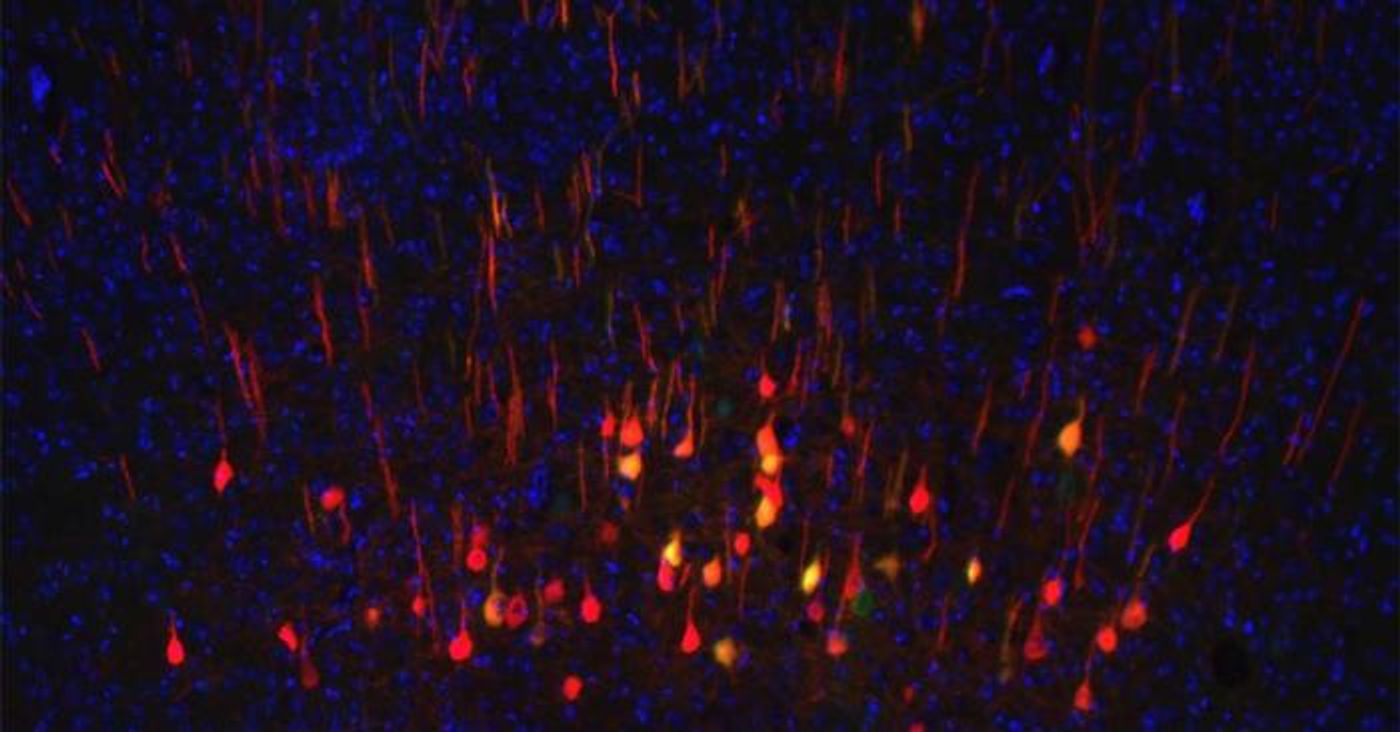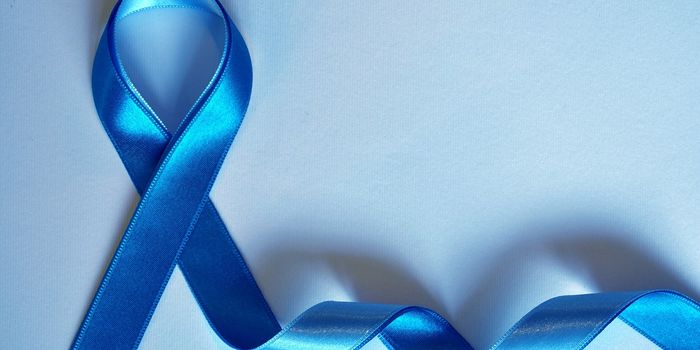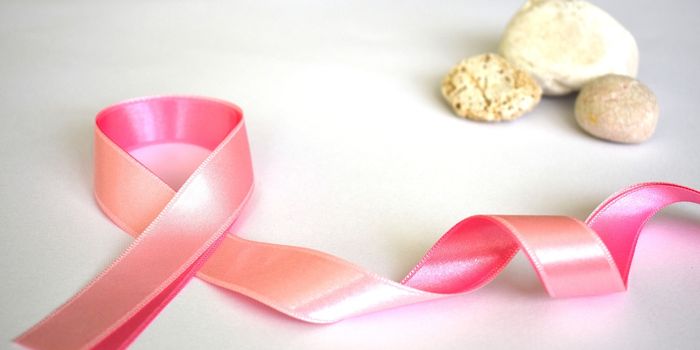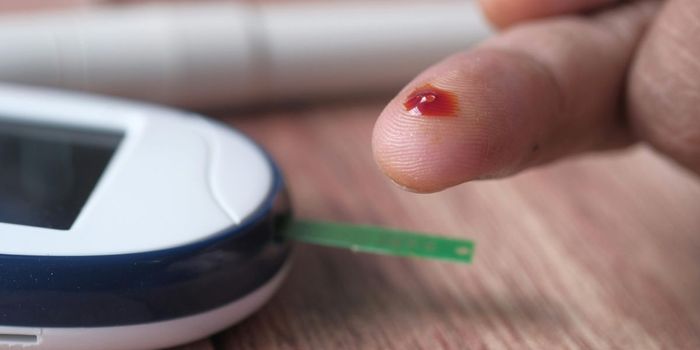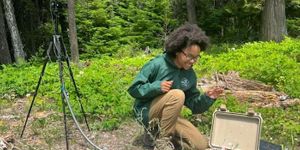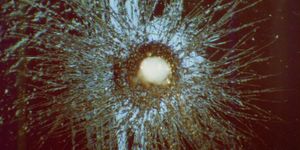A New Biomarker Can Predict Whether Neurons Will Regenerate
Neurons are not known for their regenerative powers. Some neurons are very slow to repair after injury, and some are never able to heal damage. This can lead to a devastating loss of function and mobility, depending on where the injury occurs. Scientists have long been trying to understand why some neurons can regenerate and others will not. Now, a study of gene activity in neurons has been done at the single-cell level to reveal more about the characteristics of neurons that will or will not regenerate.
This study has led to the discovery of a biomarker that can predict which neurons will regenerate after injury, or not. The investigators determined that the biomarker is an accurate indicator of regeneration in neurons throughout various stages of development and parts of the nervous system. The findings have been reported in Neuron.
"Single-cell sequencing technology is helping us look at the biology of neurons in much more detail than has ever been possible, and this study really demonstrates that capability," said senior study author Binhai Zheng, PhD, a professor at UC San Diego School of Medicine. "What we've discovered here could be just the beginning of a new generation of sophisticated biomarkers based on single-cell data."
In this work, the scientists focused on central nervous system neurons that help regulate movement, called the corticospinal tract. The projections of these neurons that send signals, known as axons, are some of the least likely to heal after injury. Serious injuries in the brain and spinal cord can lead to permanent paralysis because of this inability to regenerate.
Unlike an injury in the arm or leg, brain and spinal cord cells have a very limited capacity to regenerate. "Once they're gone, they're gone," said first study author Hugo Kim, PhD, a postdoctoral fellow in the Zheng lab.
The researchers compared the single-cell RNA sequencing data from cells that regenerated to cells that did not regenerate. Computational tools were used in the analysis to reveal a gene expression pattern that predicts regenerative capacity in injured neurons. This also identified genes that have not previously been linked to neuronal regeneration.
The gene expression pattern was then used to assess other sequencing data from individual cells in different parts of the nervous system and developmental stages. The gene expression pattern, now called the Regeneration Classifier, was able to accurately predict the regenerative potential in individual neurons with only a few exceptions.
"We need to do more work to refine our approach, but I think we've come across a pattern that could be universal to all regenerating neurons," said Zheng.
The researchers noted that this tool is intended for use in the research lab at this stage. Single-cell sequencing in clinics is still very challenging, so right now, the researchers are focused on using the Regeneration Classifier to predict how well new regeneration techniques could work, and accelerate the path to preclinical trials for those techniques.
Sources: University of California - San Diego, Neuron
